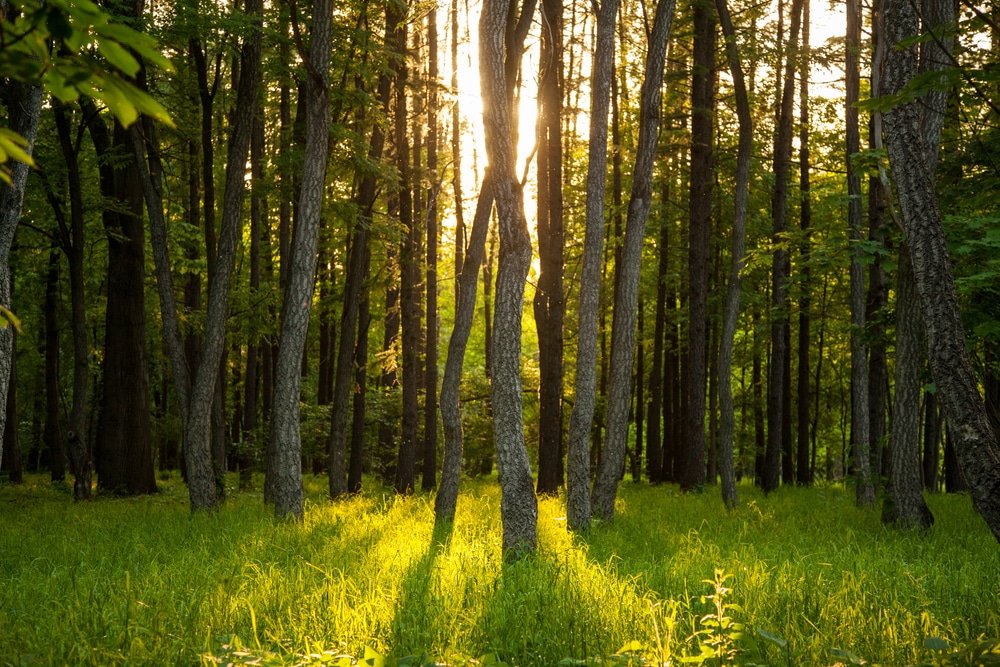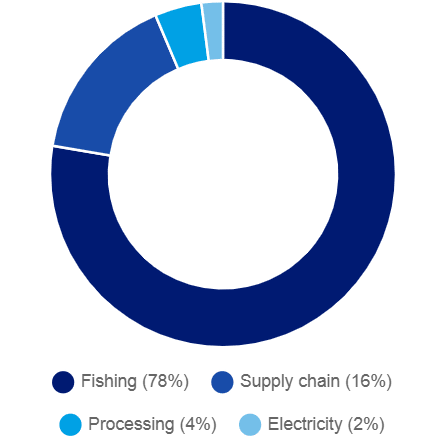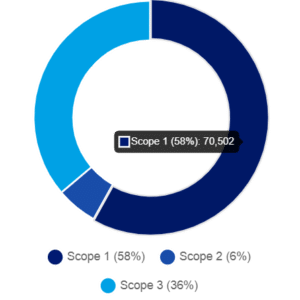One of New Zealand’s largest seafood companies, Sealord, is going to invest almost US$6M in a forest carbon offset project involving Māori landowners.
Sealord partners with Te Arawa for over the next 10 years to transform underutilized land in Rotorua to native forest. The forest carbon offset program is courtesy of the partnership between Te Arawa Fisheries and New Zealand Carbon Farming (NZCF).
The project will help offset some of Sealord’s carbon emissions, maximize the potential of marginal land, and create jobs. They also expect to see improved local environment conditions through the program, including water quality in Te Arawa lakes.
A $9.5B Carbon Trading Opportunity for NZ
According to Te Arawa Fisheries CEO Chris Karamea Insley, the offset project showcases the potential opportunities that carbon trading provides. It also highlights the role of the country’s major companies to support the nation’s climate goals.
New Zealand aims to reach net zero emissions by 2050, same as most countries seek.
Insley continues to say that:
“The Emissions Trading Scheme represents a $16 [NZD] billion economic opportunity for Māori – one which will be transformative for generations… to generate better economic, cultural, social and environmental outcomes…”
The agreement is Aotearoa’s (referring to NZ) leading climate change strategy, respecting the Māori principles, customs, and protocols. Māori are the second-largest ethnic group in New Zealand.
The fisheries organization further believes that the new initiative will help Sealord address its carbon pollution while driving financial benefits for the (Māori) clan. And by creating new jobs and improving water quality, it’s a win-win-win deal for everybody, Insley further noted.
Speaking for Sealord, their CEO Doug Paulin remarked that the carbon offset project supports the company’s sustainability efforts. It also helps them in meeting their carbon reduction goals.
Sealord Carbon Emissions and Reduction Efforts
According to Paulin, Sealord has already lowered its total carbon emissions by around 24% since 2019. This reduction was achieved through various means, including fuel optimization, investing in new vessels, and cutting use of fossil fuels in land-based operations.
Sealord New Zealand Operations Carbon Footprint
Vessel fuel is responsible for almost 94% of the Sealord’s carbon emissions. And since its baseline year (2019), the company was able to remove only over 25,200 tonnes of CO2e (equivalent) from its NZ business operations. That effort translates to removing >5,000 cars off the road.
NZ’s seafood giant aims to reach net zero emissions by 2050. Apart from its NZ business, the company is also managing its carbon emissions from its aquaculture farms in Australia. Factoring its Australian operations footprint, Sealord’s total carbon emissions per scope is as follows:
Sealord Group Total Carbon Footprint
Majority of this footprint, 95%, is from NZ business operations. Fossil fuels burned by their fishing vessels account for more than 90% of the company’s scope 1 emissions.
Sealord acknowledges that reaching their carbon emissions targets remains a challenge given the limited options available within their operations. This is where carbon offsets serve as the company’s final option in mitigating their climate impact, the CEO further noted.
Specifically, Paulin said that while they’re waiting for new engine technology and fuel sources to be developed and viable:
“…we have made the decision that we must invest now to enable Sealord to have options in the future so we can meet our carbon commitments.”
They find that investing about $6 million in Māori-managed forests in New Zealand offers them a way to offset emissions.
Forest Offsets Create Local Investment and Development
The New Zealand Carbon Farming will manage the forestry offset project and the physical planting of trees. As per the organization’s director, the carbon offset deal offers opportunities for tackling climate change and biodiversity loss issues collaboratively.
It also raises the chance to manage a forestry project that aligns with Mātauranga Māori or Māori knowledge in establishing best-practice for forest management.
The Māori people have extensive experience in nurturing exotic or native crops and transitioning them to a biodiverse native environment. So, enlisting their help and support would be important in the project.
The forest carbon sequestration will also unlock new doors for local development and investment, NZCF further noted.
The carbon offsets, also known as carbon credits, will provide revenue streams for the developer and the local community involved. In this case, the Māori tribe. Each carbon offset credit represents a tonne of carbon removed or sequestered through trees, or any other element.
Despite current criticisms thrown at nature-based carbon offsets, the partnership between Sealord and Te Arawa shows that large companies continue to find these offsets a sound and reliable option for their climate pledges. It further demonstrates that it’s possible for large businesses and local tribe landowners to work together to bring positive impact for the people and the planet.



